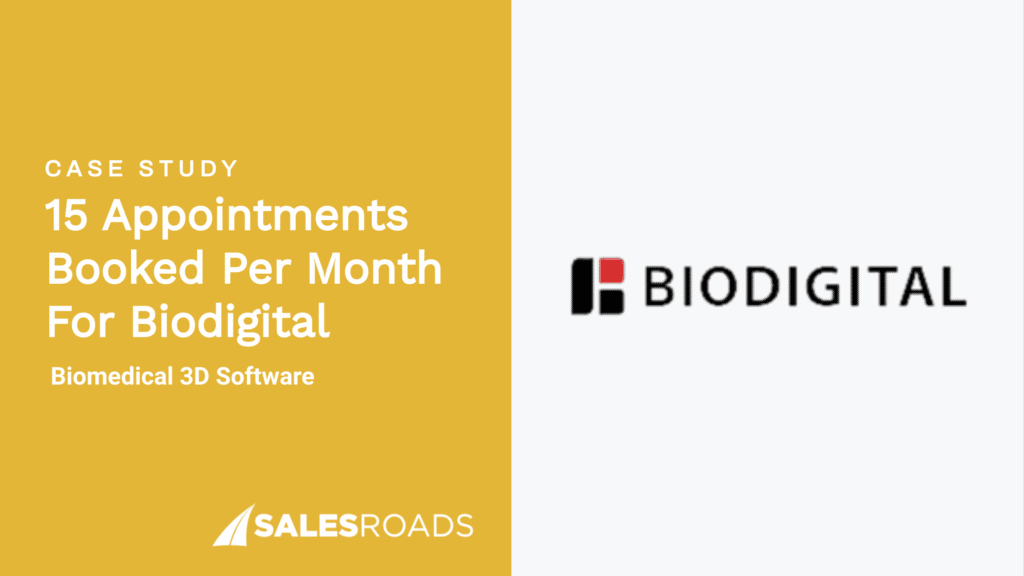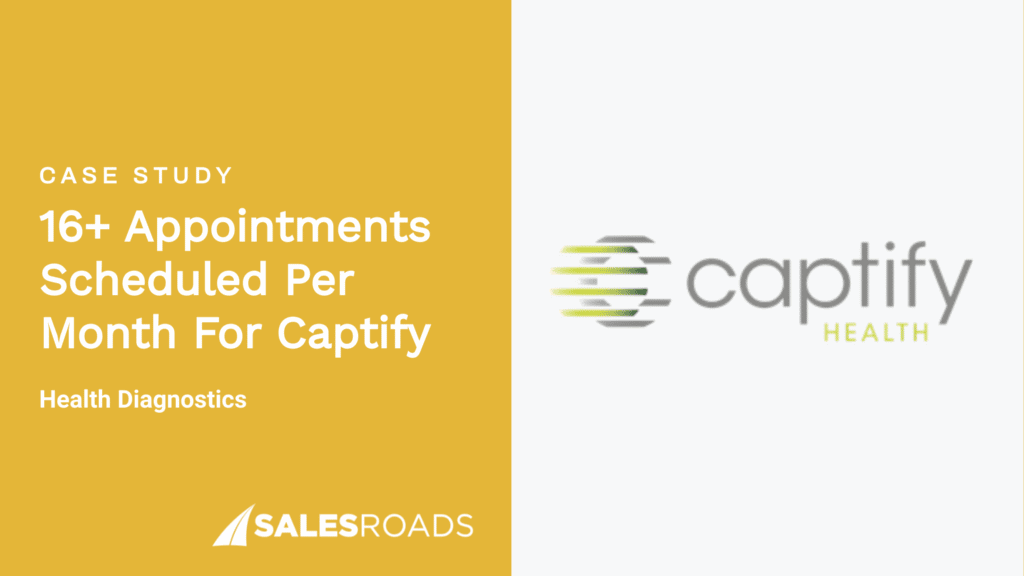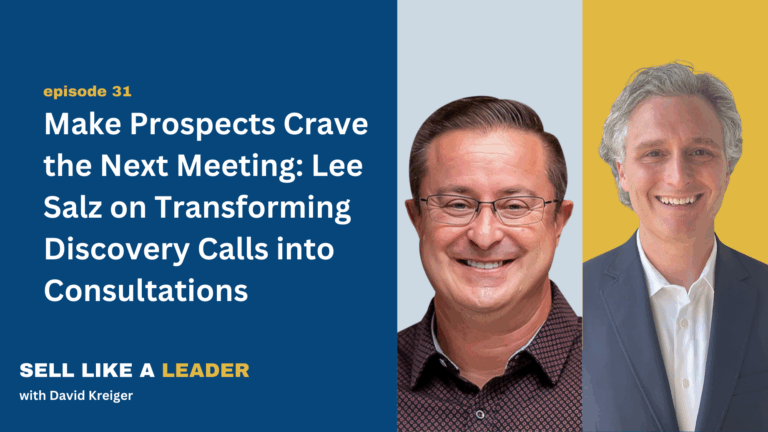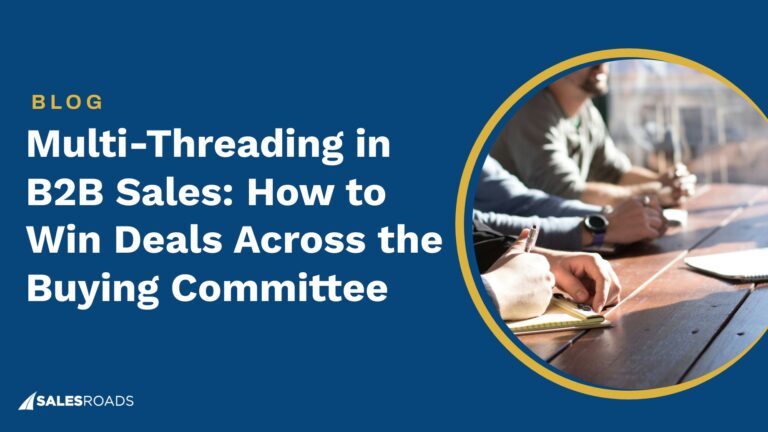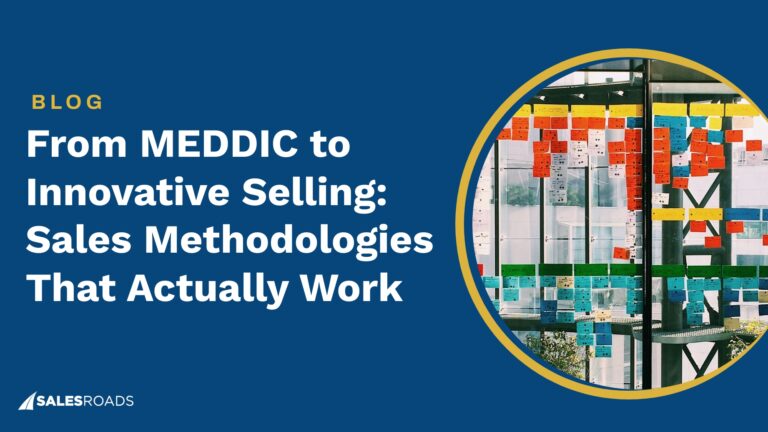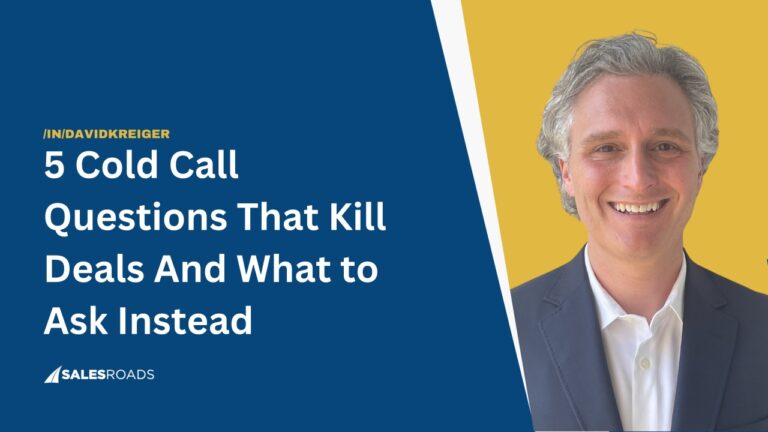Every role has its lane in sales. SDRs are the front-line players responsible for prospecting, qualifying leads, and sparking interest. And AEs step in once the groundwork is laid, carrying the deal forward and ultimately closing business.
The moment a lead moves from SDR to AE is a pivotal point in the sales process. When get it wrong, prospects may feel confused, forced to repeat themselves, or worse, lose trust in your company altogether.
Mastering the SDR to AE handoff isn’t just a box to check; it directly impacts your bottom line. In fact, Kyle Coleman, VP of Revenue Growth at Clari, notes that “When SDRs and AEs operate as a unified team rather than separate departments, conversion rates improve by 38%.”
What a Good SDR to AE Handoff Looks Like
A strong SDR to AE handoff should feel effortless to the prospect. The transition is smooth, expectations are clear, and they never have to repeat the same information twice. In this episode of the Sell Like A Leader podcast, David Kreiger sat down with Mitchell Kasprzyk, who shared a powerful warning for sales leaders:
“The more times you make a customer repeat their story, the lower your win rate.”
Join the conversation here:
So your AE should pick up right where the SDR left off instead of starting from scratch. Then prospects feel valued and understood. They recognize that your team is aligned, attentive, and serious about solving their problem.
That confidence makes them more eager to continue the conversation.
Best Practices for a Flawless Handoff
Here are the best practices that separate a smooth SDR to AE handoff from a sloppy one:
Clear Qualification Standards
Your SDRs need bulletproof qualification criteria. No gray areas, no judgment calls. Everyone should know exactly what constitutes a qualified lead.
The biggest mistake your SDRs can make is passing leads too early (wasting AE time) or too late (missing the window). Set clear thresholds and stick to them religiously.
Create a simple checklist your SDRs can reference. Make it binary. Yes or no answers only. This eliminates the “I think they might be a fit” syndrome that clogs your pipeline with junk.
Detailed Context Transfer
Your AE shouldn’t have to play detective when they get on that first call. They need the full picture. What’s keeping the prospect up at night? Who’s really calling the shots, budget reality check, timeline pressure, and the logical next steps?
This is where CRM hygiene becomes critical. Poor data quality has a devastating business impact: 44% of CRM users report that poor data quality directly results in lost revenue. Some businesses even lose as much as 10% or more of their annual revenues due to bad data.
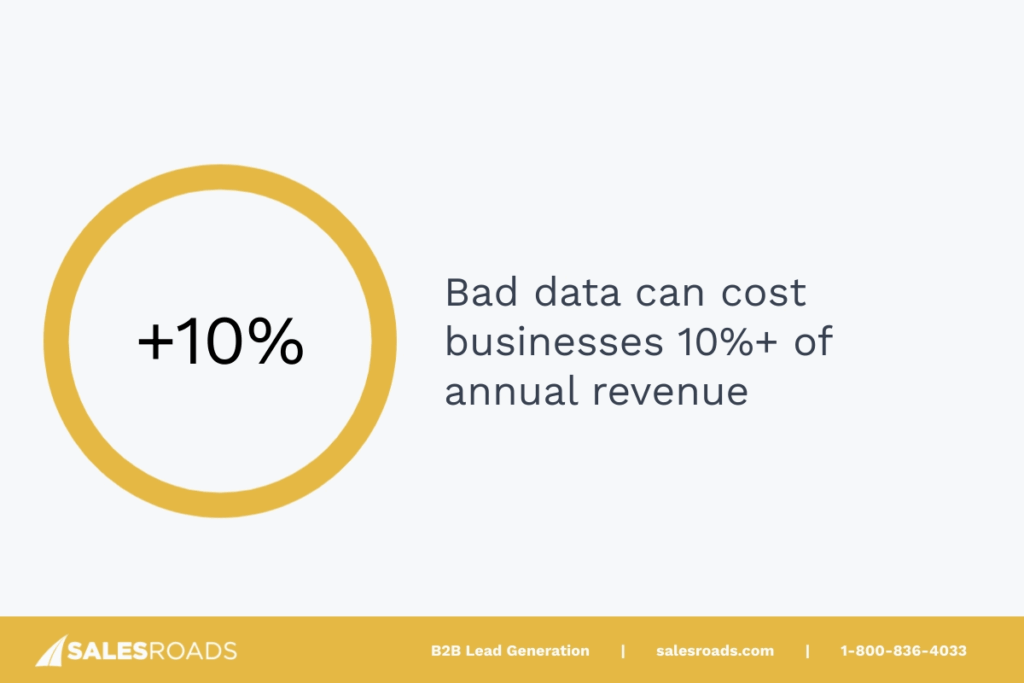
Train your SDRs to document everything using a standardized format. Pain points, stakeholders, budget indicators, urgency drivers. It all needs to be crystal clear and easily digestible.
Personal Warm Intro
Never, ever send a cold calendar invite. That’s how you turn a warm prospect into a confused stranger wondering who this random AE is and why they’re on their calendar.
Your SDR should personally introduce the AE with context. Here’s what works:
“Hi [Prospect], I’ve been talking with you about your challenges around [specific pain point]. I’d like to introduce you to [AE name], who’s helped companies just like yours solve this exact problem. They’ve got some ideas, I think you’ll find really valuable. [AE] will be reaching out shortly to set up a time to dive deeper into your situation.”
This sets expectations and maintains trust. The prospect knows exactly why they’re talking to someone new and what’s in it for them.
Timing is Everything
The longer you wait between lead qualification and handoff, the colder that lead gets. Interest has a half-life, and it’s shorter than you think.
Best practice is to get the AE call scheduled before ending the SDR conversation. Don’t rely on follow-up emails or hope they’ll respond to calendar links later. Lock it in while you’ve got them engaged.
If you can’t schedule on the spot, follow up within 24 hours max. Any longer and you’re starting from scratch.
Internal Alignment Between SDRs and AEs
Your SDRs and AEs need to function like a tag team, not separate departments. Regular pipeline reviews are essential for keeping quality high and conversion rates climbing.
AEs should be coaching SDRs on what information moves the needle in their conversations. What questions uncover budget authority? Which pain points correlate with closed deals? This feedback loop makes everyone better.
Create shared accountability metrics. Don’t just measure SDR activity; measure handoff quality and AE acceptance rates. When both sides own the outcome, you get better results across the board.
Common Mistakes to Avoid
Even experienced teams stumble on the SDR to AE handoff. Avoiding these common mistakes can save deals and keep prospects engaged:
- Passing unqualified or “just curious” leads: Handing over leads that aren’t ready wastes AE time and risks a poor first impression with the prospect.
- Overloading AEs with raw data instead of insights: AEs don’t need every detail. Focus on the key takeaways that help move the deal forward.
- Forgetting to prep the prospect: Always let the prospect know who they’ll be speaking with next and why it matters.
- Making the prospect repeat themselves: Nothing frustrates a potential buyer more than having to tell their story twice. Clear context transfer avoids this.
Measuring SDR to AE handoffs is key to improving your sales process. Here’s a simple framework to track performance and identify areas for improvement:
| Metric | What to Track | Why It Matters |
| Meeting Booked → Meeting Held | Percentage of scheduled AE meetings that actually happen | Ensures prospects stay engaged and momentum isn’t lost |
| Meeting Held → Opportunity Created | Percentage of AE meetings that convert into opportunities | Shows whether leads are qualified and the handoff sets the AE up for success |
| AE Feedback on Lead Quality | Qualitative input from AEs on the readiness and accuracy of passed leads | Helps SDRs refine qualification and context transfer |
| Feedback Loop Effectiveness | Frequency and quality of SDR-AE syncs, adjustments made based on results | Ensures continuous improvement and alignment between teams |
You create a process that’s not just consistent but also continuously improving by tracking these metrics and reviewing them regularly.
The goal is a handoff that feels seamless to the prospect and maximizes your chances of closing the deal.
Bottom Line
Some companies skip this separation, asking AEs to own every step of the process. That might seem efficient on paper, but in reality, it leads to burnout, missed opportunities, and slower growth.
Here’s a living example of this. Meet Amanda Cyr, Government Market Director and Team Lead, and a former full-cycle AE at AchieveIt. She shared how trying to handle both prospecting and closing led the company to miss valuable opportunities:
So keeping SDRs and AEs focused on their strengths drives better results, but only if the handoff is done right.
Invest in clear processes, consistent communication, and thoughtful context transfer, and you’ll turn this critical transition into a competitive advantage rather than a weak link in your sales process.


